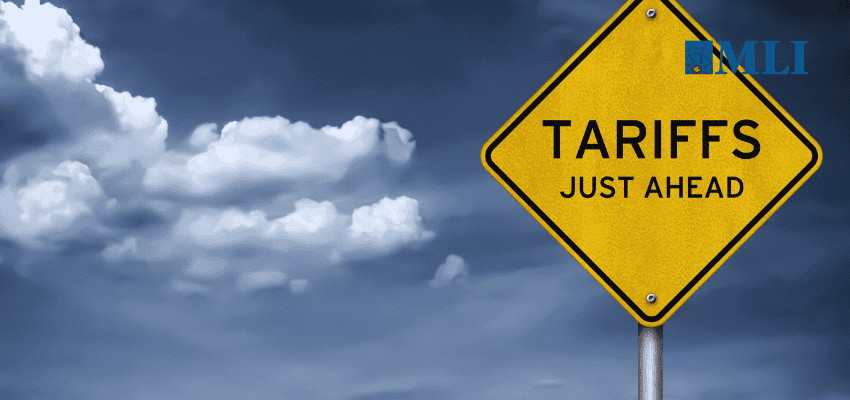This article originally appeared in the Financial Post. Below is an excerpt from the article.
By Jack Mintz, August 6, 2024
U.S. Republicans are promising to keep the income tax cuts the first Trump administration introduced in 2017, which are due to be phased out starting next year. Extending them indefinitely will put a big hole back in the already gargantuan U.S. deficit.
On the other hand, Republicans also plan major tariff increases: 10 per cent on all imports and 60 per cent on Chinese imports. As Martin Sullivan explains in this week’s Tax Notes International (available only by subscription), the revenue gain from the tariff increase will be US$3.97 trillion over 10 years, slightly above the US$3.91-trillion loss in income taxes from extending the 2017 cuts. If Sullivan’s numbers are right, the deficit will remain the same.
This sheds a different light on the role of tariff policy, as I argued here in June. Instead of just protecting industries from import competition, tariffs could substitute for other taxes in funding public services. In 2023, a 10 per cent tariff would raise US$310 billion for the U.S. government, representing 7.6 per cent of federal revenues and fully a fifth of the deficit.
***TO READ THE FULL ARTICLE, VISIT THE FINANCIAL POST HERE***






